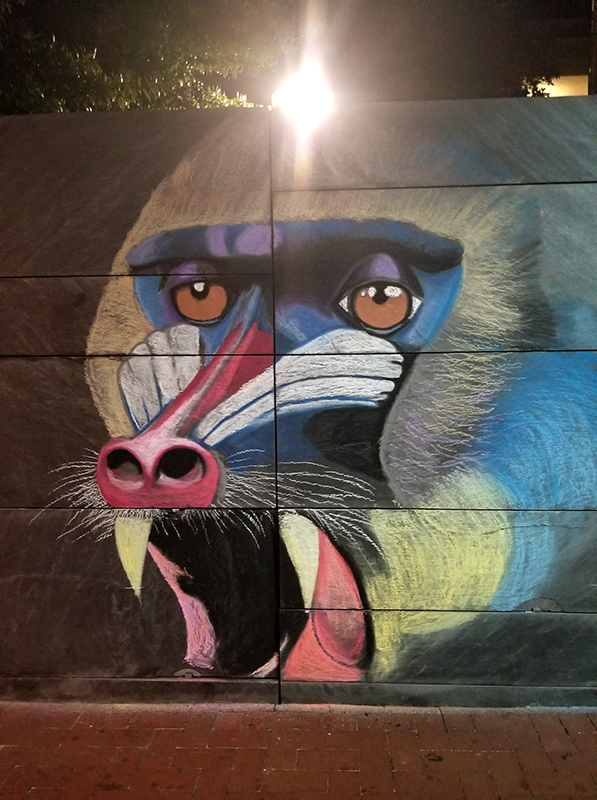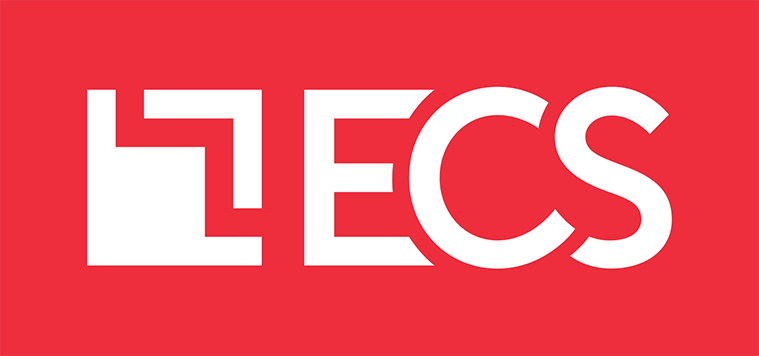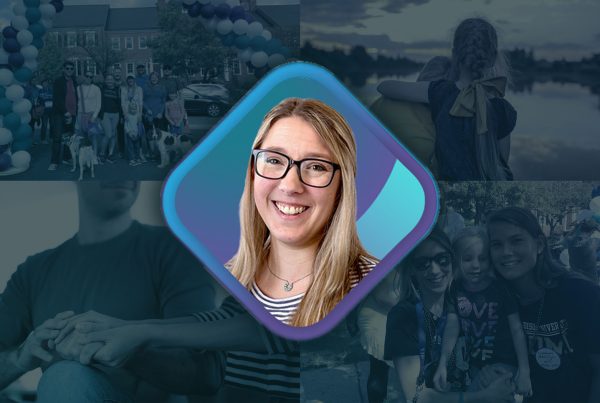“Off the Clock” is a blog series that explores the interests and causes to which ECS employees devote themselves outside of work.
EXCELLENCE. GRIT. DRIVE. COMMUNITY.
EXCELLENCE. GRIT. DRIVE. COMMUNITY.
EXCELLENCE. GRIT. DRIVE. COMMUNITY.
EXCELLENCE. GRIT. DRIVE. COMMUNITY.
EXCELLENCE. GRIT. DRIVE. COMMUNITY.
EXCELLENCE. GRIT. DRIVE. COMMUNITY.
EXCELLENCE. GRIT. DRIVE. COMMUNITY.
EXCELLENCE. GRIT. DRIVE. COMMUNITY.
Occasionally, on a Saturday or Sunday morning in the summer, people walking through Charlottesville, Virginia’s historic downtown mall may discover a striking chalk mural that has appeared overnight, as if by magic.
Charlottesville’s First Amendment Monument (aka Freedom of Speech Wall) is a huge slate wall that anyone is welcome to write or draw on with chalk. It’s also the occasional midnight canvas of the artist Arthur Croswell.
Arthur is a senior Oracle database administrator who helps ECS support the U.S. Army’s National Ground Intelligence Center. He’s also a lifelong artist who draws, sculpts, carves, paints, photographs, and writes.
Drawing on a community chalk wall has its challenges. Passersby will sometimes draw over Arthur’s work shortly after he finishes it, or a rainstorm may wash it away. But he enjoys the challenge of investing himself in artwork bound to not last.
“You still have to commit to doing good work,” says Arthur. “And I love that. I love the lesson in it.”
Arthur Croswell
Senior Oracle Database Administrator
Q: How and when did you start drawing on Charlottesville’s chalk wall, and why do you work in the middle of the night?
A: When I moved to Charlottesville, around 2010, I learned about this big chalk wall in the walking mall. I’d become more adventurous with expressing myself by then and thought I’d give it a shot. Artwork with chalk was new to me then.
Working at night allows me to focus on the work with fewer interruptions. In the day, when people see how things are coming along, they’ll say, “Oh, that’s great!” It’s nice of them, and I want to be appropriate and thank them, but it takes time and pulls my focus from the work.
So, I go out at about 10:30 at night. I take my music and headphones and a bag of supplies, and I usually already have an idea for the piece by then. It takes me about three hours.
I’ve worked during the day too. During COVID and all the unrest around the George Floyd situation, no one was out there but a police officer. I wrote a big sign that was like graffiti. It said, “Heal Together,” and it struck up a conversation with that officer that we probably couldn’t have had at any other moment. We talked about how the community was doing and how we were doing.

Q: Does your artwork overlap with your ECS work in any way?
A: Yes, troubleshooting in the computer world allows for creative expression. When you’re solving problems, thinking creatively allows you to consider the problem from all angles. If you’re a creative problem solver, you give yourself more options to entertain as you look for a solution.
But not every job allows you to embrace creative expression. Before I became a programmer, I was a bomb loader in the Air Force. If there’s one thing you cannot do when loading bombs, it’s creative expression. There’s just one right way to load a bomb!
Q: Of all the art you’ve done, do you have a favorite piece?
A: Yes. I call it Georgia. It’s a recent piece I did with pastels on paper, and it’s my favorite because of the difficulty I had while drawing it. Things went wrong early on, and I didn’t know if I’d be able to finish it. But I kept trying different techniques and eventually learned that I could erase pastel, which I’d never done before. I thought, “I can erase pastel!” And that opened up a whole world for me. I was able to draw what I wanted. Now I look at that piece and think, “this was almost me giving up.”













